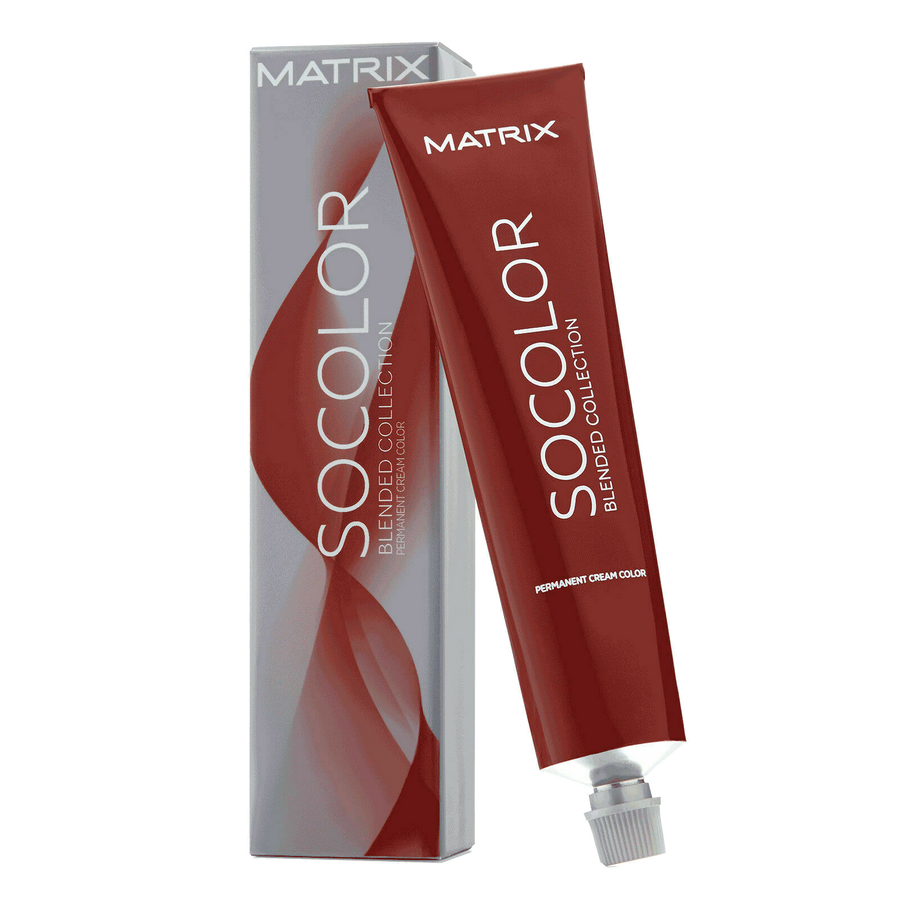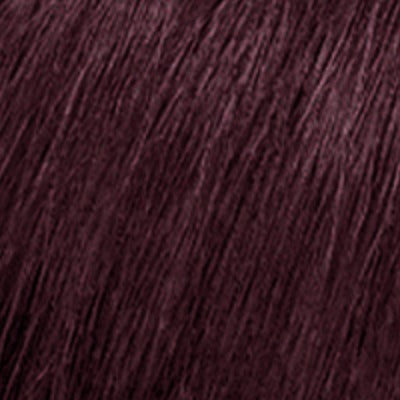Mastering Winter Hair Care: Tips for Keeping Your Hair Healthy and Vibrant
Every year, the cold months roll in and take a toll on more than just our skin. Hair tends to suffer too, often going from shiny and smooth to dry, brittle, and hard to manage. If your hair feels different in the winter—more static, less manageable, or just plain dull—you’re not alone. Lots of people notice changes in how their hair behaves when the temperatures drop.
Winter hair problems don’t only come from the cold air outside, but also from turning the heat on indoors. Your hair can lose moisture fast, and before you know it, you’re dealing with breakage, split ends, and frizz you can’t control. Let’s walk through the common winter struggles and show you easy ways to help your hair stay hydrated and fresh through the season.
Understanding Winter Hair Challenges
Winter might look beautiful, but the season can be tough on your hair. Between cold outdoor weather and warm, dry indoor heat, your hair goes through a lot of stress. When the air outside is dry and chilly, it pulls moisture from your hair. Then, going indoors to heated air only dries it out even more. That back-and-forth is hard to avoid come October.
If you’ve ever noticed your hair snapping when you brush it or feeling brittle even after it’s freshly washed, that might be thanks to the dry environment around you. Hair needs moisture to stay soft and strong, and it doesn’t get much of it during the colder months.
Winter fashion can also make things worse. Hats, scarves, and toques rub against your hair and can lead to breakage, flatness, and static. A wool scarf might keep you warm, but it can also pull at your hair shafts as it brushes against them. The friction causes strands to tangle or break more easily.
To keep your hair healthy and more manageable this time of year, you’ll need to be more thoughtful about how you take care of it. That means adding moisture back in and putting some protective habits in place, especially if your hair type already tends to be dry or sensitive.
Proper Hydration Techniques
One of the best ways to help winter hair feel better is by making changes in your wash routine. If your shampoo is making your hair feel squeaky or tight, it might be stripping away too much of your natural oils. This is where a moisturising shampoo makes a big difference. Look for ones that say things like hydrating, smoothing, or for dry hair.
Once you’ve got the right shampoo, pair it with a matching conditioner that offers extra slip. You want something that leaves your hair soft but not heavy. Products with ingredients like shea butter, coconut oil, and argan oil can help seal in moisture without weighing things down.
Try adding a deep conditioning treatment to your routine once a week. A good mask or deep conditioner can give your hair that extra moisture boost it needs during the dry months. If you don’t have time to sit around with something in your hair for half an hour, there are great quick-condition options out there too.
Here’s a simple checklist to help you stay on top of hydration:
- Use a moisturising shampoo and conditioner each time you wash
- Add a deep conditioning mask to your routine once a week
- Avoid shampoos with harsh sulphates that dry your hair out
- After washing, gently pat (don’t rub) your hair with a towel
- Finish with a leave-in conditioner or serum for extra protection
Remember, the goal isn’t to make your hair feel greasy. It’s to keep just the right level of moisture in it so it can handle winter without falling flat or drying out. Even a few consistent changes can make a big difference over time.
Heat Styling Precautions
When it’s cold outside, heat tools often become our go-to for styling. Whether it’s to control frizz, create volume, or just dry your hair faster, using a blow dryer or flat iron in the winter feels like second nature. But constant heat styling during this time of year can dry out your hair even more and lead to breakage or rough ends.
The first step is cutting back on how often you apply heat. Give your hair a break during the week by letting it air dry whenever possible. If you have to use a blow dryer, keep it on a low or medium setting, and always dry from roots to tips to avoid frying the ends. That little change lowers the risk of long-term damage.
With any hot tool, you’ll want to use a heat protectant spray or serum before styling. These create a thin barrier between your hair and the heat and can help lock in moisture. Notice how salons never skip this step? There’s a reason for that—it works.
If you still need to style each day, try some lower-impact alternatives:
- Use soft rollers overnight for curls or waves without heat
- Braid your hair before sleeping to get a loose wave in the morning
- Try styling with cool air settings rather than hot
Over time, cutting back on heat can make your hair noticeably stronger and shinier. A good routine isn’t just about which tools you use but how often you use them and whether you’re protecting your strands in the process.
Protecting Hair from the Elements
Your hair is constantly exposed to temperature shifts in winter. One minute you’re walking through snow, the next you’re stepping inside a warm building. That shock to the strands can be damaging, especially when the air outside is frosty and dry.
Layering isn’t just for outfits. Adding simple barriers can help reduce damage from winter weather. Hats are great for warmth, but not all fabrics are friendly on hair. Cotton and wool tend to grab strands and cause friction. A better move is to wear a silk or satin scarf underneath your winter hat. That silky layer prevents breakage and reduces frizz.
Try not to head outside with wet hair. Moisture can freeze in extremely cold temperatures and make strands brittle. If you really need to go out right after showering, dry your hair completely or pull it up into a loose braid under your coat collar.
Also, avoid cranking up water temperature in the shower. Hot showers might make you feel good, especially after being outside, but they can make your scalp dry out fast. Stick with room-temp or lukewarm water whenever possible.
For extra support, you can use a hair oil or cream that helps block out the dry air. Focus on applying it to the ends, where most of the damage happens.
Boosting Hair Health with a Balanced Diet
What you eat makes a big difference when trying to keep your hair looking its best, especially when seasonal changes are involved. Winter meals tend to be heavier and sometimes lower in fresh ingredients, so staying mindful of nutrient intake can have a noticeable effect.
Protein is one of the key building blocks for hair, so include a good source with your meals. Fish, eggs, lentils, and plain Greek yogurt are easy options. Omega-3-rich foods like flaxseeds and walnuts are also great for supporting hair strength.
Here’s a quick list of foods to include in your winter routine if you’re looking to support hair health:
- Leafy greens like spinach and kale
- Carrots and sweet potatoes
- Citrus fruits for their vitamin C
- Almonds, walnuts, or pumpkin seeds
- Whole grains like oats and barley
Don’t forget hydration. Drinking enough water during winter can be harder because cold weather limits how thirsty you feel. But dry air indoors can pull moisture from you in ways you don’t notice. Keep a water bottle nearby and aim to sip regularly, even when you’re not feeling thirsty.
Your hair responds to what you feed your body. Better fuel leads to better texture, less fallout, and stronger strands that can handle styling and temperature shifts more easily.
Keep Your Hair Happy This Winter
Winter doesn’t have to equal dull, dry, or brittle hair. With a few small tweaks to your daily habits like switching your shampoo, trimming down on heat styling, and covering your hair during frosty outings, you can protect its texture and maintain softness even during the coldest days.
What matters most is being consistent. Caring for your hair in colder months means giving it what it needs to stay balanced: moisture, gentle handling, and support from the inside out. A bit of planning now saves you from having to do major repair later on. Stay ahead of the winter damage by building good habits into your routine early.
As winter approaches, make sure you're prepared with the right products to keep your locks looking their best. Explore our curated selection at Smooth & Charming, and discover how our hair care essentials can help you maintain healthy, nourished hair all season long.




